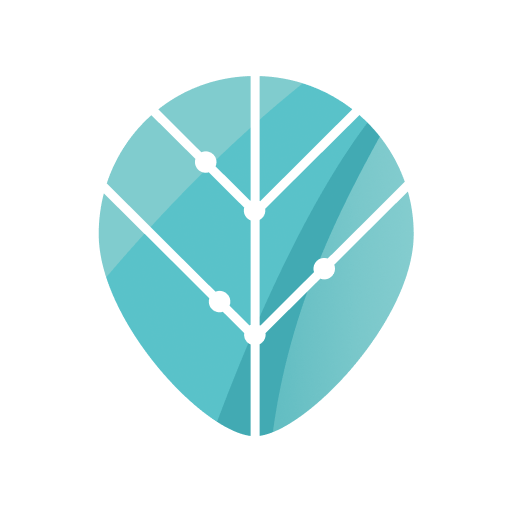You don’t have a commute anymore. So you think you’d have more time. But somehow, your schedule and your email inbox are fuller than ever.
(And if you’re a parent, like me, well, let’s just agree to have a big laugh together, virtually, anytime someone asks us what we’ve been doing with all that free time in quarantine!. But I digress…)
We’ve lost the ability to have spontaneous conversations in person, so now we send more emails, we send more Slacks and we schedule every conversation.
Since we’re all getting more email (and if you’re not, tell me your secrets!), I thought it’d be a good time to revisit how to best approach email so that it doesn’t feel like a never-ending onslaught you’ll never gain control over.
So, what can you do?
View your inbox as a triage room, not a to-do list
When you go to the emergency room, they don’t administer care directly in the waiting room. There’s a triage nurse who checks in every patient and decides what they need, and when.
Your email is that waiting room and you’re that triage nurse.
When you go to your inbox, you’re going to triage the hell out of that email. You’re not going to leave somebody festering in a corner just because they look a little unsavory. And you’re not going to go to the person whose loudest first. You’re going to take a look at those emails, one by one, and decide what, if anything, you have to do with them, and when.
How? The one touch rule.
As a quick reminder, here’s how it works, but click on the link above for more detail:
When you get an incoming message there are really only 3, straight-forward, actions available to you:
- Archive/Tag/File — For informational messages that you don’t need to respond to.
- Respond — If you can respond (with the information you have in your brain or at your fingertips), just do it.
- Add it to your task list — If the message relays a project or task you need to do, you just don’t have the info required to answer it yet, or you need approval or buy-in, then add it to your task list, prioritize it realistically and respond to let the sender know when they should expect a full reply (or completion).
Understand that unanswered email begets more email
You know how they say that sleep begets sleep? Well, the same is true for unanswered email.
When we process email using the one touch rule, we process email thoroughly. It doesn’t fall through the cracks.
When we use other methods, we miss stuff.
And what happens when we don’t reply? We get more email (or phone calls, or Slack messages or meeting invites). It’s a vicious cycle that creates more work for us, and for those around us.
Think about it: What’s going through the sender’s mind when you don’t answer their email? They might be wondering:
- Did you get the email? Did it go to spam?
- Should they email again? Or call you to follow up? Or schedule a meeting since you don’t reply to email?
- Why aren’t you answering? Are you annoyed with them? Don’t you care?
When we don’t know what’s going on, we tend to make up stories in our heads about WHY. And those stories are almost always worse than what’s actually happening, which is usually some form of benign neglect.
And the result of not answering? It’s more email, or a phone call, or a Slack message to follow up.
When you systematically process email to save yourself time and you save time for others.
Batch-process your email
Turn off those notifications. Seriously!
According to a study out of UC Irvine a few years back, every time we are interrupted or distracted (read: every time that notification flashes or dings) it takes us, on average, 23 minutes to regain focus. Every time you get an email notification, you can envision 23 minutes going poof, into thin air! Just like that.
But here’s the good news: You can still be highly responsive, maybe even more responsive, by turning off those email notifications and batch processing your email instead.
How?
Set aside a few times a day to process email in batches, as described above using the one touch rule. I like to do this 3 times a day, typically around 10am (after I’ve got in a good hour working on my most important tasks of the day), 1pm (after lunch) and 4pm (to round out the day). But, depending on your role and the amount of email you get, you might process more frequently, or less.
Email is, by definition (well, my definition, at least), other people’s priorities.
Who’s in control? You are!
So start batch-processing and stop being at the beck and call of other people’s priorities.
If you’re scared to turn off those notifications for fear you might miss something, I get it. It can be scary. But trust me when I say that no one relies on email in an emergency. If someone needs you, they’ll find you.
And if you’re an overachiever?
If you’re feeling invigorated after reading this, and want to make some major headway on your email, check out my series on better email management:
- The Secret No One Tells You About Inbox 0
- Staying at Inbox 0ish
- Getting Back on Track with Email After a Vacation
Stay tuned!
Because our schedules and workload seem to only have increased during quarantine, in the next few weeks I’ll cover how to reduce your meeting load, how to make the remaining meetings more efficient, and how to improve communication with your team and/or manager while working remotely.


